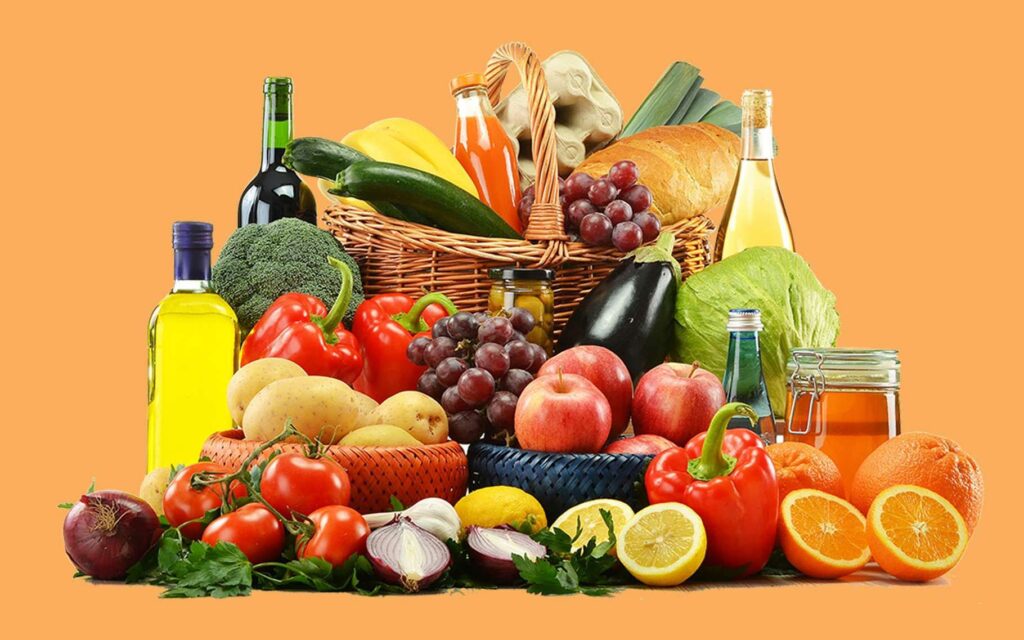
The coloring foodstuffs market is forecasted to garner revenue of US$ 976.7 million in 2033, up from US$ 671 million in 2023, advancing at a rate of 4% from 2023 to 2033.
The coloring foodstuffs market has witnessed remarkable growth in recent years, driven by increasing consumer demand for natural and vibrant food coloring options.
Consumers today are more conscious about the ingredients used in their food and are seeking healthier alternatives to synthetic food colors. The coloring foodstuffs industry has emerged as a viable solution, offering natural, safe, and visually appealing options to enhance the appearance of various food and beverage products.
Check the sample report available in PDF format
One of the key factors fueling the market’s growth is the rising preference for natural and clean-label products. Consumers are becoming more aware of the potential health risks associated with synthetic food colors and are seeking alternatives derived from natural sources.
One significant challenge faced by coloring foodstuff manufacturers is ensuring compliance with complex and ever-changing regulations. Strict regulations related to food safety, labeling, and ingredient sourcing require companies to navigate a complex regulatory landscape to bring their products to market.
Maintaining color stability and preventing color fading during food processing and storage is a critical challenge in the coloring foodstuffs industry.
Natural colorants may be sensitive to heat, pH levels, and oxidation, impacting their performance and shelf life. Developing stable formulations that retain color vibrancy throughout a product’s shelf life is crucial for manufacturers.
Continuous product innovation is crucial to staying ahead in the coloring foodstuffs industry. Manufacturers can capitalize on opportunities by developing novel color shades, improving stability, and enhancing the versatility of coloring foodstuffs.
Innovative techniques, such as microencapsulation and nanotechnology, can offer improved color delivery systems and open doors to new applications.
The market for coloring foodstuffs has significant potential for expansion into new geographical markets. As consumer awareness of natural food colors increases globally, there is an opportunity to introduce coloring foodstuffs in regions where synthetic food colors dominate.
Expanding market presence in emerging economies and untapped markets can lead to substantial growth for industry players.
Key Takeaways:
- In 2022, the United States of America held a value share of 29% in the coloring foodstuffs industry.
- The market in Germany accounted for a significant value share of 103.0% in 2022 globally.
- In 2022, the fruits sub-segment held a significant value share of 25.60% based on extract type.
- The market value for coloring foodstuffs secured a CAGR of 2.2% from 2018 to 2022.
- Based on end use, the beverage sub-segment was predicted to account for a 32% share in 2022.
- The market for coloring foodstuffs in India is likely to secure a 9.1% CAGR from 2023 to 2033.
How Intense Is the Competition in the Coloring Foodstuffs Industry?
Competition intensifies as more companies recognize the growing demand for natural and vibrant food coloring options.
The expanding consumer preference for clean-label and natural food products has fueled the demand for coloring foodstuffs. As a result, both established players and new entrants are vying to capture a share of this rapidly growing market. The potential for revenue growth and market expansion motivates companies to compete aggressively.
The market attracts diverse players, including large multinational corporations, medium-sized enterprises, and small-scale manufacturers. This diverse landscape contributes to increased competition as companies strive to differentiate themselves through product offerings, quality, pricing, and market presence.
Continuous innovation and product development are key drivers of competition in the coloring foodstuffs industry.
Market by Category
By Form:
- Liquid
- Powder
By Extract Type:
- Fruits
- Vegetables
- Cereals
- Herbs and Spices
- Others (Cocoa, Coffee, etc.)
By End Use:
- Bakery, Snacks, & Cereal
- Beverage
- Confectionery
- Dairy
- Meat, Poultry, Fish, & Eggs
- Sauces, Soups, & Dressings
- Seasonings
- Others (Pharmaceutical, Nutraceuticals, etc.)
By Region:
- North America
- Latin America
- Europe
- East Asia
- South Asia
- Oceania
- The Middle East and Africa
About Future Market Insights (FMI)
Future Market Insights, Inc. (ESOMAR certified, recipient of the Stevie Award, and a member of the Greater New York Chamber of Commerce) offers profound insights into the driving factors that are boosting demand in the market. FMI stands as the leading global provider of market intelligence, advisory services, consulting, and events for the Packaging, Food and Beverage, Consumer Technology, Healthcare, Industrial, and Chemicals markets. With a vast team of over 400 analysts worldwide, FMI provides global, regional, and local expertise on diverse domains and industry trends across more than 110 countries.
Contact FMI:
Future Market Insights Inc.
Christiana Corporate, 200 Continental Drive,
Suite 401, Newark, Delaware – 19713, USA
T: +1-845-579-5705
For Sales Enquiries: sales@futuremarketinsights.com
Website: https://www.futuremarketinsights.com
LinkedIn| Twitter| Blogs | YouTube
